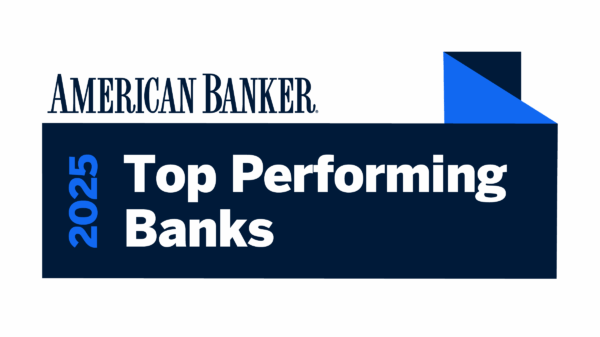The largest banks in the United States have demonstrated that there is no single formula for achieving profitability, according to a recent analysis by the consulting firm Capital Performance Group. While smaller banks have focused on attracting inexpensive deposits and managing their costs, institutions with assets exceeding $50 billion have leveraged a variety of strategies to enhance their revenue in 2024.
Claude Hanley, a founder and partner at Capital Performance Group, noted that larger banks possess multiple avenues for generating income. This versatility allows them to navigate challenges that smaller banks face, such as heightened competition in loan pricing and the strain of expanding balance sheets. For smaller institutions, which typically rely on spread-based business models, the quest for loan growth continues, but maintaining healthy margins becomes increasingly complex as funding pressures mount.
In 2024, the top ten banks from the Capital Performance Group’s rankings increased their ratio of noninterest income to average assets by 19 basis points, a significant contrast to the mere one basis point increase seen across their peers. The list ranks 37 banks based on their three-year average return on average equity, utilizing year-end data from 2024.
Distinct Strategies Yield Varied Results
Identifying common characteristics among the top-performing banks is challenging due to the diverse strategies employed across the sector. For instance, JPMorgan Chase, which is approximately 80 times larger than some of its counterparts, capitalizes on a multitude of revenue streams. The bank reported record profits in 2024, bolstered primarily by investment banking fees. In contrast, Raymond James, finishing second in the rankings, attributes its success largely to wealth management services rather than traditional banking operations.
East West Bancorp, based in Pasadena, California, ranked third, relies more heavily on its lending operations, catering primarily to the Asian and Asian American markets. The bank’s unique services have contributed to its competitive edge, particularly during a targeted campaign surrounding the Lunar New Year that successfully attracted deposits.
Mergers and acquisitions also play a critical role in enhancing a bank’s financial standing. First Citizens BancShares topped the rankings for the second consecutive year, significantly benefiting from its acquisition of the failed Silicon Valley Bank in 2023. This strategic move not only expanded its asset base but also provided a unique opportunity to acquire valuable assets at a reduced price. Nevertheless, rapid expansion carries inherent risks, as evidenced by the bank’s stabilization in net income after a significant boost in 2023.
Performance Metrics and Market Reactions
The performance of banks on this list illustrates that larger asset size does not always equate to higher returns. The median asset size across the 37 banks was $156 billion, while the top 10 banks averaged $82 billion. Hanley emphasized that size alone is not a determinant of superior performance, stating, “It’s not all about size. There’s always this sense that ‘We need to get bigger.’ Well, size alone isn’t a driver of top performance, and it’s not a driver of top performance among the biggest banks.”
Investor sentiment also reflects broader market dynamics, as stock prices of most major banks rose in 2024, driven by optimism surrounding economic growth following the recent elections. Despite an initial downturn at the beginning of the year, bank stocks surged, with the median stock prices increasing by 28%, compared to a 30% rise for the top ten performers. This suggests that market perceptions may be influenced by a variety of factors beyond financial metrics, complicating the relationship between stock performance and bank profitability.
As the landscape of banking continues to evolve, the varied strategies of these major banks illustrate that success is not solely a matter of size but also of adaptability and innovation in a competitive environment.
































































